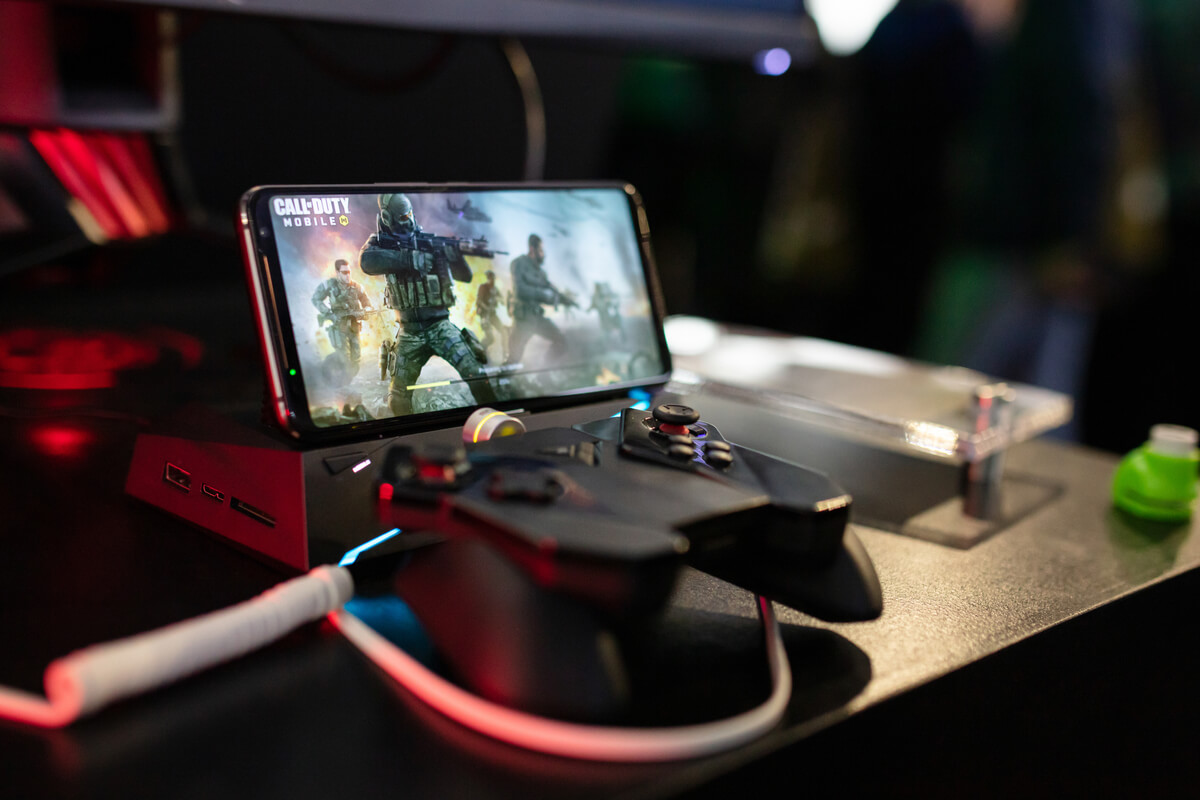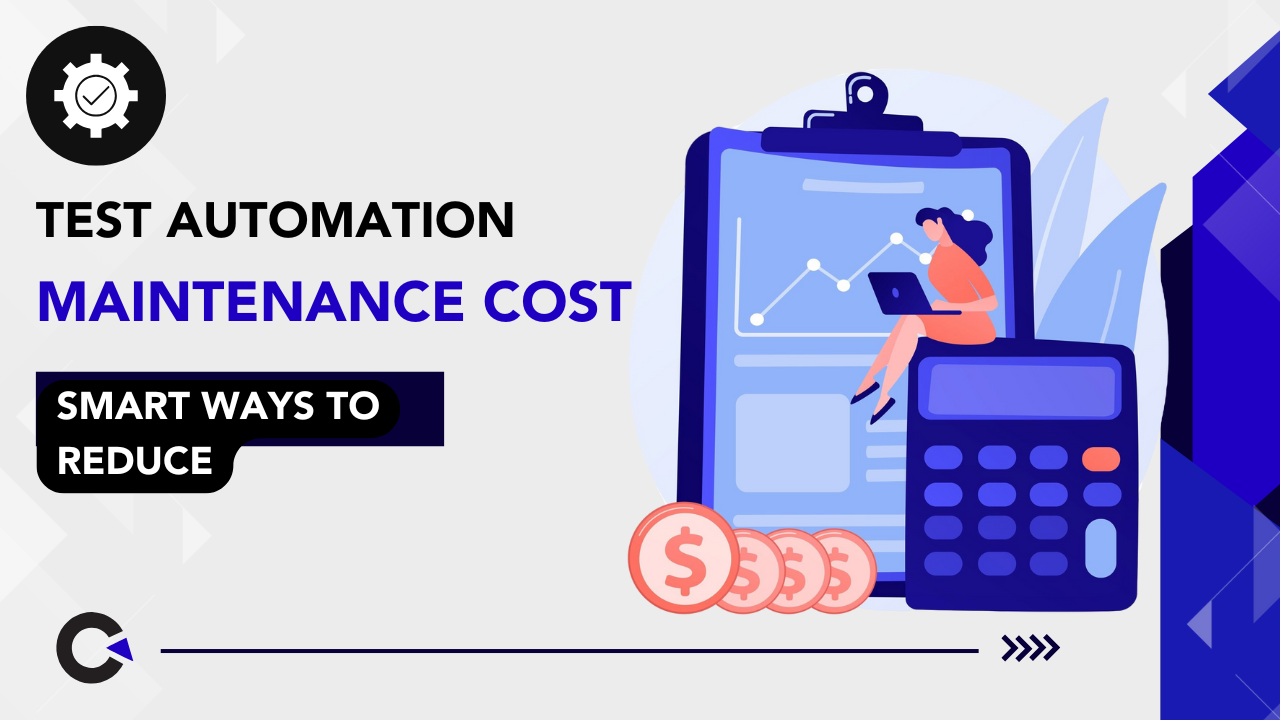Preparing a checklist is always a great way to make sure you get maximum coverage in any process, even for testing. As one of the leading game QA companies, we always make sure to prepare well-thought-out checklists that will help us avoid any oversight errors along the way. So we have prepared this comprehensive checklist for mobile game testing that will make sure you don’t let any bug go untraced. We have split this Mobile Game Testing Checklist into various categories like UI, Gameplay, Functionality, and so on. So let’s get started.
Downloading and Installation
Downloading the application to install it on their phone is the very first action the user will do. So let’s start our list with that as well.
- Downloading the application from the store should be supported on both Wi-Fi and mobile networks (3G, 4G, or 5G).
- If at all the downloading process is interrupted, the user should be able to re-download it again without any issues.
- Once the download has been completed, the .apk file must get installed on the device seamlessly without any errors.
- The size of the apk file usually multiplies 3 or 4 times, so make sure it does not occupy too much space or exceed the internal memory of the device.
- Uninstallation is also as important as installation, it must remove the entire game and its data from the device successfully.
- Progress must be kept after reinstalling or updating by making it possible to save the game progress online or offline.
- Reinstalling the game (For example; after the deletion or when overwriting the previous installation) must not trigger any game data files issues.
- Check if the installation path is decided by the OS and if the app is installed in the right location.
User Interface
A clean UI is always mandatory for any application as it is in most cases responsible for giving the user the first impression of the application itself. So everything ranging from the language to the animations and design should be spot on.
- The AUT (Application Under Test) must install in the correct language, (i.e.) the current device language.
- Even if the game language and device language are different, there should not be any issues.
- Apart from that, the user must also be able to change the language from within the Options section.
- The grammar & orthographic rules specific to a language have to be respected.
- You have to make sure that the font is legible even for new users as it has to be easy to read and understand.
- Ensure that the text doesn’t spill out of the screen.
- Since it is a product for the global market, you have to ensure that the appropriate date & time formats are displayed based on the country it is used in.
- It’s not just the date & time, even the number format should be displayed correctly as per that country.
- If the game’s language is set to Arabic, the buttons must be displayed in the opposite part of the screen.
- UI must not depend on factors like the device’s theme or font.
- Not all users will be having the same screen resolutions. So the game should be tested on all the supported resolutions to ensure that the graphics do not get altered.
- Also, many users might connect to larger screens using the HDMI option, so you would have to test that as well.
- There should also not be any scaling issues when the game is launched in landscape or portrait mode.
- The game loading indicator and animations should be smooth.
- You need to test for clipping to ensure that two or more polygons do not overlap and cancel each other out and test that all required overlaps (semi-transparent objects placed over solid color objects/ backgrounds) are appropriate in size, placement, and purpose.
- Once the game launches successfully, we will not directly enter the gameplay. Rather, we would first come to the menu. So make sure it is easy to navigate and fully functional.
Gameplay & Functionalities
Next up in our Mobile Game Testing Checklist, we will be exploring the focus points when testing the core of the game, its gameplay.
- You have to test the different game modes and the various locations or levels in the game.
- You should check the game flow and see if it is progressive and if it correctly unlocks the elements as the levels increase.
- Check the gameplay rules as they should not be too difficult or too simple.
- Collectibles – There should be enough collectibles in the game and there should also be a good variety of collectibles.
- The Scoring mechanism – It should be accurate and simple.
- If there are any cheat codes, then you should get them from the development team and check if they are functional.
- Sound Effects – Check if all the sound effects play correctly at the right moment without any distortion.
- Check the single function mute button for all sounds in-game.
- There should also be two mute buttons that allow separate muting of game music or sound.
- You should also check whether the game is playable without music and sound effects (except for rhythm games).
- Pay close attention to all the collisions in the game and check if there are any incorrect or inappropriate collisions, so the gameplay looks realistic. For this, you will need to move the character through all objects to observe the consequences (collisions, event triggers, or object triggers).
- The high scores of the instant game with no progression should not be saved in the cache so that the high scores are reset to 0 upon the user refreshing the page or reloading the game.
- Test if the auto-save functions work and if the manual save happens correctly as well.
- It is also important to check what happens when multiple control inputs are given at the same time to see how well the game handles it. A perfect example here would be for a racing game where both acceleration and directional control are needed.
Multitasking
As we all know that mobile phones are capable of doing more actions than playing games and that many of us use them mainly for those purposes as well. So the user must be able to seamlessly switch between the game and some other app or functionality of the phone.
- Verify if the volume gets muted when the user switches to any other app.
- The Gameplay should pause when the user switches to another app as well.
- You must also check if the Gameplay resumed from where the user left off before switching away from the game.
- Make sure the Gameplay gets paused when the user receives a phone call.
- Check if the Gameplay resumes once the user ends the call or if the user rejects the call.
- Verify if the user is able to switch to the messaging app using the notification when the user receives a message.
Multiplayer game
Multiplayer games have always been a favorite for many gamers and with mobile gaming, people just took it to the next level. Here you would have to verify the different types of multiplayer games or rounds. For example, you could play as a team against the computer or play against each other as well.
- So start by checking out if the login and logout functionalities are working well. Login also includes the new user sign-up process.
- Verifying the account using a verification email is also important to ensure that there is no foul play.
- You should also check the player profile’s image, the naming capabilities, and so on.
- It doesn’t matter if you are up against the machine or man, you should be able to challenge, decline, and receive challenges.
- Check if the user statistics like winning, losing, or even draws are being recorded correctly. We should also check the score constantly.
- You should also check the performance of the multiplayer mode as lagging performance can be a big deal-breaker for many.
- Make sure to see if the time-out functionalities work and also if the forfeit or quit options work.
- With the rise of social media, social integrations should also be tested by checking the users can share results, achievements, and so on.
- The sharing feature should be checked across the major platforms.
- If at all there is a chat feature within the game, then make sure to check the vital functionalities like character type, limit, and notifications as well.
Application and Data Storage
The AUT should be tested for all such features listed in our Mobile Game Testing Checklist. But more importantly, we should also make sure that the game is usable across a wide range of mobiles. Here are a few key pointers to focus on.
- Power consumption is a big area of concern and we have to check how efficient the game is when it comes to power management.
- During the course of continuous gameplay, there could be high usage of memory and the game must notify the user when the memory goes dangerously low.
- Test the performance of the game across different mobile configurations like the RAM, processor, and so on.
- Safety is also a concern, so all games must encrypt their saved files.
- The AUT must not be present in Running Services once the device has been restarted.
- Make sure the AUT launches without much delay in the correct orientation for gameplay.
- Make sure it is not possible to transfer the offline saved files from one device to another.
Conclusion:
The checklist is the first step towards providing unparalleled game testing services, and we hope this Mobile Game Testing Checklist of ours has been informative. Getting a good checklist ready implies that you start your journey on the right track with the correct intent. But that alone is never enough. So make sure to employ the best professionals and use the top-of-the-line methods to test a game thoroughly without facing any hiccups.
































Comments(0)